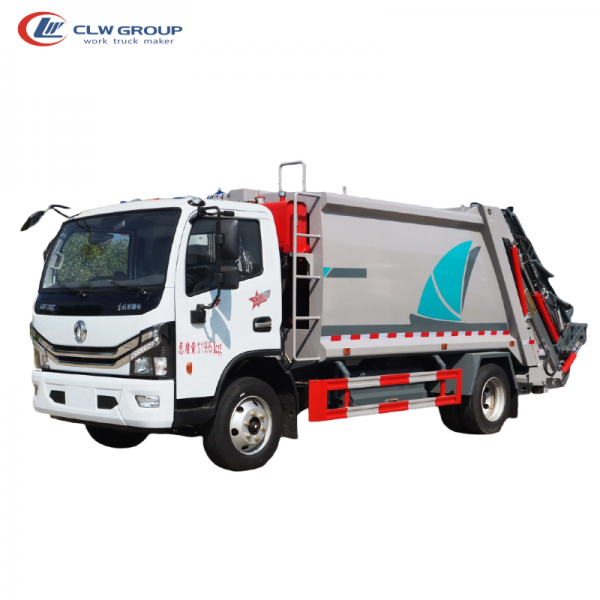Maximizing Efficiency and Comfort A Comprehensive Guide to Work Truck Heating Systems

Introduction
Work trucks are essential vehicles in various industries, from construction and landscaping to transportation and maintenance. These trucks are often required to operate in challenging weather conditions, including frigid temperatures during the winter months. To ensure the productivity and well-being of workers, it is crucial to equip work trucks with efficient and reliable heating systems. In this comprehensive guide, we will explore the different types of heating systems available for work trucks, their features, benefits, and how to choose the right system for your specific needs.
Types of Work Truck Heating Systems
1. Engine Block Heaters
Engine block heaters are a common heating solution for work trucks operating in cold climates. These heaters are designed to keep the engine block warm, making it easier to start the engine in cold weather. Engine block heaters are typically plugged into an electrical outlet overnight to maintain the engine's temperature.
Benefits of Engine Block Heaters:
- Facilitates easier engine starts in cold weather
- Reduces wear and tear on the engine
- Improves fuel efficiency by allowing the engine to reach operating temperature more quickly
Considerations:
- Requires access to an electrical outlet
- May not provide interior heating for the truck cabin
2. Cab Heaters
Cab heaters are specifically designed to heat the interior of the work truck cabin. These heaters are available in various configurations, including diesel-powered heaters, propane heaters, and electric heaters. Cab heaters are essential for keeping workers comfortable and safe during cold weather conditions.
Benefits of Cab Heaters:
- Provides direct heating to the truck cabin
- Offers quick and efficient heating
- Helps prevent frost buildup on windows for improved visibility

Considerations:
- Fuel source (diesel, propane, or electric)
- Installation and space requirements in the truck cabin
3. Auxiliary Heaters
Auxiliary heaters are versatile heating solutions that can be used to supplement the existing heating system in work trucks. These heaters are often compact and can be installed in various locations within the truck, such as under the seats or in the cargo area. Auxiliary heaters are available in different fuel types, including diesel, gasoline, and propane.
Benefits of Auxiliary Heaters:
- Provides additional heating capacity for the truck cabin
- Can be installed in different locations for optimal heat distribution
- Operates independently of the vehicle's engine, reducing fuel consumption
Considerations:
- Fuel type compatibility with existing fuel system
- Installation requirements and space constraints
4. Hydronic Heaters
Hydronic heaters utilize the vehicle's coolant system to generate heat for both the engine and the interior of the truck cabin. These heaters are highly efficient and can be integrated into the existing heating system of the work truck. Hydronic heaters are available in diesel and gasoline models and are known for their reliable performance in extreme cold conditions.
Benefits of Hydronic Heaters:
- Utilizes the vehicle's existing coolant system for heat generation
- Provides consistent and reliable heating performance
- Can preheat the engine block and interior cabin for improved cold-weather operation
Considerations:
- Integration with the vehicle's coolant system
- Fuel type compatibility and availability
Choosing the Right Work Truck Heating System
When selecting a heating system for your work truck, several factors should be considered to ensure optimal performance and efficiency:
1. Climate Conditions: Consider the typical weather conditions in which the work truck will be operating. For extremely cold climates, a robust heating system such as a hydronic heater may be necessary to provide sufficient heat for the engine and cabin.
2. Fuel Availability: Determine the availability of fuel types in your area and choose a heating system that is compatible with the most accessible fuel source. Diesel and gasoline heaters are common options for work trucks, but propane and electric heaters may also be viable depending on fuel availability.
3. Installation and Space Requirements: Evaluate the space available in the work truck for installing the heating system. Some heaters, such as cab heaters and auxiliary heaters, may require specific mounting locations and ventilation for safe operation.
4. Budget Considerations: Determine your budget for purchasing and installing a work truck heating system. Consider the initial cost of the system, as well as ongoing maintenance and fuel expenses.
5. Efficiency and Performance: Look for heating systems that offer efficient heat output and reliable performance in varying weather conditions. Consider continue reading this.. heating capacity of the system and its ability to heat the engine block and cabin quickly.
Conclusion
Work truck heating systems play a vital role in ensuring the comfort, safety, and productivity of workers operating in cold weather conditions. By choosing the right heating system for your work truck based on climate conditions, fuel availability, installation requirements, budget considerations, and efficiency, you can maximize the performance of your vehicle and provide a comfortable working environment for your team. Whether you opt for an engine block heater, cab heater, auxiliary heater, or hydronic heater, investing in a quality heating system will pay off in improved operational efficiency and worker satisfaction.
